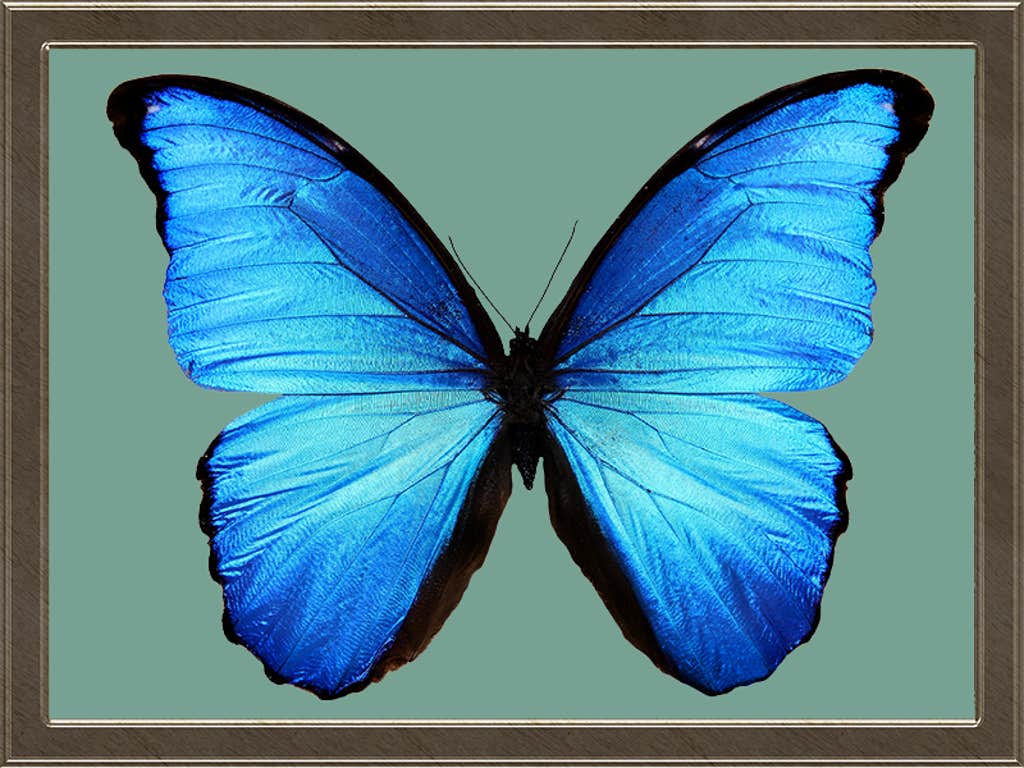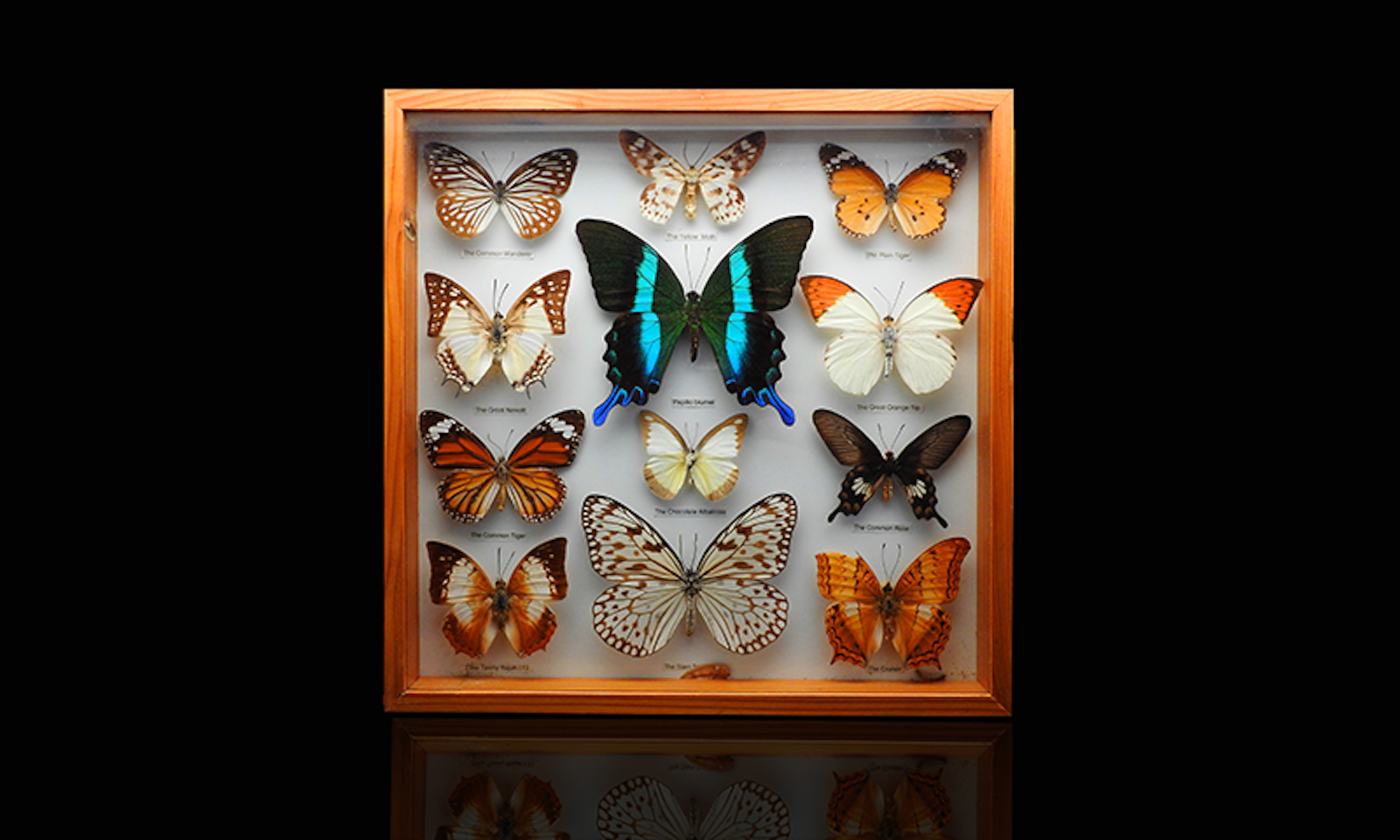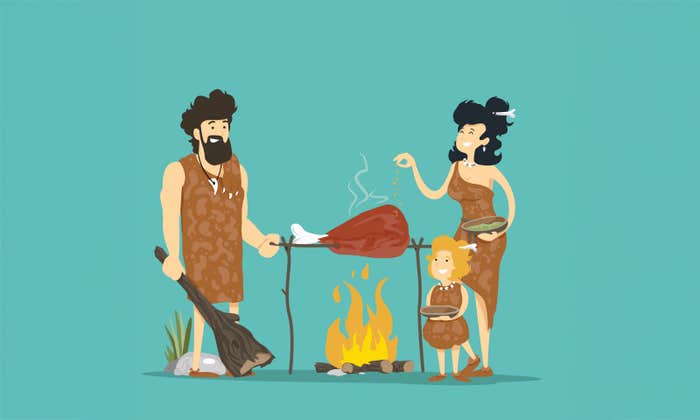Sitting at what was once Vladimir Nabokov’s desk in Harvard University’s Museum of Comparative Zoology, graduate student Zhengyang Wang spent hours pouring over the final details of insect anatomy. Nabokov, like Wang, was a keen-eyed entomologist, enraptured by butterflies.
The celebrated 20th-century novelist and young evolutionary biologist are, of course, not the only ones afflicted with this particular fixation. Butterflies and their images have flitted through cultures and mythologies for millennia, and still exercise a powerful hold on contemporary fancies. These delicate insects are perhaps the most extensively traded animals on the planet. In an unnatural migration, their iridescent wings stilled, they soar (or steam) across oceans and continents, possibly by the hundreds of thousands, each year.
But just how many are traveling, of which potentially endangered or threatened species, and from which points of origin, has been a mystery. Unlike elephant ivory or pangolin hide, butterflies pass invisibly through X-ray scanners at international ports of entry.
Butterflies are perhaps the most extensively traded animals on the planet.
So Wang and a team of international collaborators set out to decipher one substantial marketplace where the dead butterfly trade becomes visible: eBay. They analyzed one year’s worth of transactions of butterfly species on that platform and counted more than 50,550 individual butterfly sales, as they described in their paper, published last year in Biological Conservation. These purchases included members of more than 3,760 different species—about 1 in 5 of all known butterfly species on Earth.
Most of these butterflies are collected from the wild, typically from the Global South, before flowing northward, often through local and regional brokers. And these wildlands are often delicate habitats, where a butterfly species relies on just one type of host-plant on which to reproduce (like monarchs on milkweed).
What’s more is that the rarer a specimen, the higher a price it can fetch. Whereas a common (if stunning) Morpho menelaus from South America sold for an average of $28.52, the researchers found, a pair of endangered Bhutanitis ludlowi from India brought in $8,998. Taking endangered species from the wild is illegal, as is selling them. But these transactions sailed under the radar. And close to a quarter of the 207 butterfly species listed as “endangered” or “vulnerable” by the IUCN (itself likely a vast undercount) showed up in the eBay sales they tracked for the year.
Wang’s work has led him to a counterintuitive take on butterfly conservation, though: Don’t worry too much about the collectors (or the sellers) of these on-the-edge species; focus instead on the butterflies’ native habitats. And one way to do that might just look like … catching more butterflies.
Wang, who recently finished his postdoctoral work at Harvard, did not land at Nabokov’s desk by happenstance. His passion for these animals emerged early. “I grew up catching butterflies,” Wang says of his childhood in western China. “Even before I thought of studying entomology or evolutionary biology, I was a butterfly collector.”
His favorite species to collect when he was younger is now considered endangered: Teinopalpus aureus, also known as the golden Kaiser-i-Hind. (“It has this metallic green and a patch that’s golden on its main wings—it’s so majestic,” Wang says wistfully.) To learn more in his youth, he connected with older local collectors, who he came to see as mentors. “But then I learned about their plight,” he says. Their livelihoods put them in serious legal danger.
He gives the example of a butterfly-poacher friend of his in China who collected hundreds of Parnassius butterflies—many of which are endangered. “He had endless legal troubles,” Wang says, because, by the books, this could have been prosecuted at roughly the same level as having killed the same number of endangered Asian elephants.

In their study, Wang and his colleagues found hundreds of sales of dead endangered Teinopalpus aureus butterflies sailing through the nebulous clouds of eBay, which seems concerning. But, Wang says, a focus on cracking down on illicit butterfly collection is likely misguided because “endangered” can mean something very different for one species than for another. “When we think about wildlife trade, people really think about mammals. The way people shoot down elephants or catch pangolins or harvest horns from rhinos decimates their populations,” he says. “But insects are different. A single butterfly could lay tens or hundreds of eggs.” And if a collector happens to capture a butterfly after it has mated, the catch will have no appreciable difference on the population as a whole (although it is difficult to know how often this is the case).
What is more important than stopping the capture of endangered or threatened butterflies, Wang asserts, is preserving their habitat. “There’s not a single example of humans collecting butterflies to extinction,” he says. But there are plenty of instances where we have destroyed enough of their specific habitat and necessary host plants (that the larvae depend on for food) to wipe out populations. In fact, habitat loss (specifically, loss of milkweed host plants) is cited as a driving factor for landing monarch butterflies on the IUCN’s endangered species list in 2022.
This is why, Wang suggests, if managed differently, catching butterflies could actually help save butterflies.
Few people have more of an incentive to preserve fragile butterfly habitat than the collectors who make their living capturing the insects that live there. So if there were ways to provide economic incentives for conservation of the land—alongside a decriminalization of the trade—it could be a boon to butterfly populations and habitats overall.
One example of this approach launched in the 1990s. The Kipepeo Project, in eastern Kenya and northeastern Tanzania was devised as an effort to help save a swath of the biodiverse Arabuko-Sokoke Forest that was a prime candidate for clearing, to make room for more homes and farms. The project taught farmers living near the threatened forest to raise and collect forest butterflies for export, which brought in considerable earnings. Once the value of the intact ecosystem was established, the forest was saved. The wild-collecting was shown to have no adverse effect on local butterfly populations—whereas a clearcutting of the forest would have likely eliminated them.
A butterfly needn’t be rare for its habitat—or it—to be of value. And not all butterflies are coveted because they are rare, Wang and his team found. Many are simply dazzlingly beautiful, big and bold, bought for aesthetic values alone, as objects d’art—or simply, Wang says, “to decorate restaurants or bathrooms.” Even if people are buying butterflies as pure novelty decorations, “if that’s somehow helping conservation, maybe that’s a good thing?” Wang ponders.
Once Wang started studying butterfly collecting, he began to notice them displayed everywhere—even in television and movie sets.
“Every time you see these framed butterflies, just think about where the butterfly came from—and the stories of the people who collected them and the sites they visited,” he says. “These aren’t something that’s been produced in a factory—there are stories behind each one.”
When I ask Wang if his takeaway from this work would be to recommend people avoid buying butterflies—or to go for it—he pauses for a moment. “It would be really nice if traded butterflies could be ‘fair trade-certified,’” he says. If he was able to know most of his money was going back to the local area, to pay the collector for their work, “I would buy butterflies.” ![]()
Lead image: peakhora / Shutterstock




























